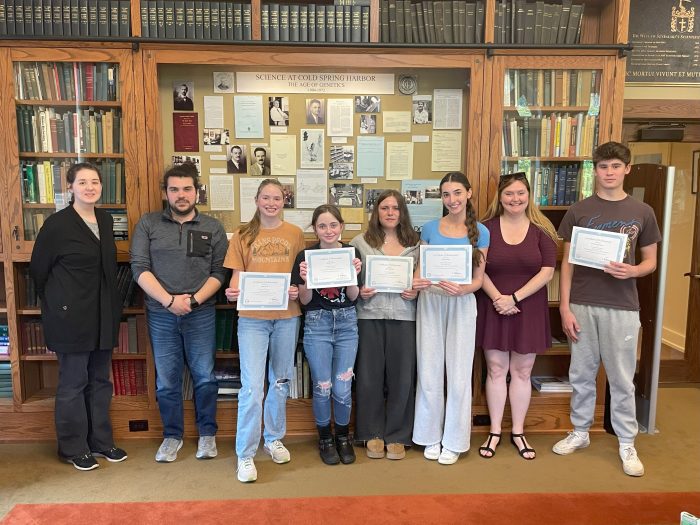By Leah S. Dunaief

Publisher
A number of my relatives and friends were born in June, so that means lots of birthdays to celebrate. My dad was born in June, and so was my brother. My granddaughter’s birth, the first child of my middle son and daughter-in-law, lit up the month of June for me. She was the first girl in a long familial string of boys. Then there is my West Coast cousin and several friends who all made their appearance on Earth in the same month.
I’m not good at buying presents or mailing cards, but I do try my best to remember the dates and to extend happy wishes. I adore celebrations and the digital age has helped in that regard. I send texts and emails, and if I don’t think it will cause too much grief hearing my atonal voice, I call the person and sing a heartfelt “Happy Birthday.”
I learned of the entitlement of birthdays when I started elementary school. Feeling left out, I watched as classmates offered cupcakes and blew out candles that their mothers brought to class, while I rued the fact that I was a summer baby: no classmates, no groups to sing to me.
Little did I know then that my dad’s family never celebrated his or his siblings’ birthdays. Perhaps it had something to do with there being nine children and that they were dirt poor.
My unfortunate mother never knew when she was born. Her mother, who could have told her, died when she was an infant, and I guess no one else really cared. All she knew was that it was sometime during harvest season.
Well, I changed all that.
I came home from school one day, I guess about second grade, and professed outrage at never having a birthday party. My parents, innocently trying to eat dinner, seemed at first puzzled, then embarrassed at the oversight. They asked me what a party would entail, and I explained about the cake, the candles, the guests and the presents. And when it was time for my birthday, they made amends, that year and every subsequent year until I was married.
I appreciated their response, even going so far as to assign my mother a birthday in the midst of October, which I assumed was harvest time, and which we then celebrated annually—I believe to my mother’s delight.
Did you know that birthdays are a fairly recent consideration?
According to “The Atlantic,” only in the middle of the 19th century did some middle-class Americans celebrate birthdays, and not until the early 20th century, when my parents were born, did birthday celebrations start to be a nationwide tradition. The magazine ties together birthday observances with the beginning of the Industrial Revolution, during which the matter of time became more of a focus generally due to factory and labor hours.
The song, “Happy Birthday to You,” the most popular song in the English language according to the Guinness World Records, is only somewhat older than its 100th birthday.
Supposedly two American sisters, Patty and Mildred J. Hill, composed the melody in 1893, but that’s disputed.
As the 20th century unfolded, birthdays became a time to honor ordinary individuals, usually with cakes and candles, but in some circles, with fruit. It has also become a reason for families and friends to gather, both to appreciate one of its members and to reunite, however briefly. Birthdays ending in 0’s and 5’s are particularly special.
Today, birthdays are often regarded by those experiencing them as a time for evaluating their lives. Have they met their goals? How are they doing compared to their contemporaries? Do they look their age? Are they living the lives they desire?
It’s a day to be pampered by one’s friends and loved ones and to pamper one’s self. Some people go on trips. Others buy themselves presents that perhaps they have always wanted.
And some, at the end of their day, breath a sigh of relief, knowing that they don’t have to face another birthday for a whole year.





































































